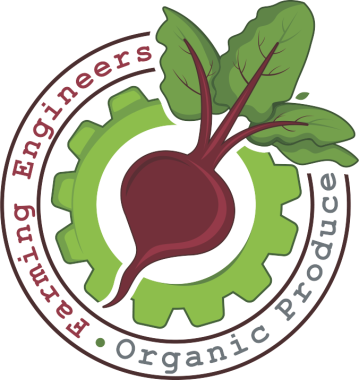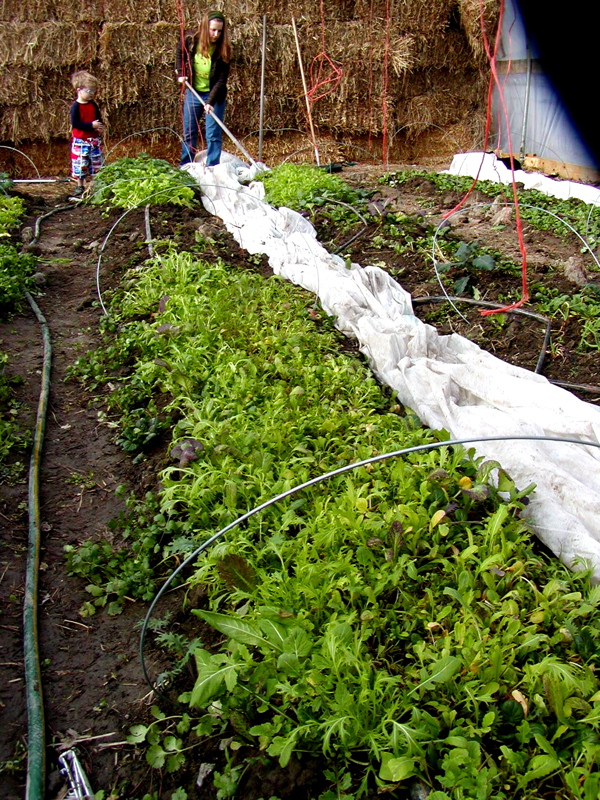One of the most common questions from market shoppers, especially at our not-all-natural-&-organic-market, is “Why do your eggs cost so much?” Our current price for a dozen eggs at the market is $5.00 a dozen. (We do offer some discounts to folks who order large volumes of eggs.)
If the person is willing to listen, I am willing to engage them in a conversation about the difference between our $5.00 per dozen eggs and other eggs costing $4.00, $2.00, or even $0.99 per dozen.
Our eggs come from chickens that live in mobile outdoor housing on pasture, and they are fed certified organic grains in addition to whatever they forage on they own. We feed the chickens organic feed for their entire life cycle, from when they arrive as newly hatched chicks until they leave our farm. It takes about 6 months to get them up to laying age, so this is a substantial investment.
Some of our other friends at the market sell eggs that are raised in a similar manner, but don’t use certified organic feed. Feed is a major component of the expense of raising laying chickens, so that cost is reflected in the eggs. Our fellow market vendors who aren’t organic generally use high quality feed that’s free of animal byproducts, and some of them explicitly state this in their packaging or even mix their own feed on their farms.
Out along the county roads where I live, “free range eggs” or “Farm Fresh Eggs” are frequently offered for approximately half the price of what my other farmers market vendor friends are selling them for. My guess is that one or more of the following is true of these eggs:
1) The chickens are being fed the cheapest available chicken feed from our local big box rural products store, which contains pork or other animal byproducts (I’ve read the label.)
2) The folks selling the eggs are not accounting for the cost of their time/ labor in raising the chickens & gathering the eggs each day. Their egg business is more of a hobby and less of a business.
3) The chickens are sometimes raised in confined situations in a building or in cages. If you don’t ask, or if you don’t see chickens running around, you don’t know.
In the grocery store, of course, you can find the cheapest eggs of all. As some people know, and as some people ignore, the cheapest eggs in the grocery store come from caged hens who spend their lives in a space a bit smaller than a sheet of notebook paper, crammed up to 100,000 in a building. Producers using these methods certainly use economies of scale to create a cheap product. The animal welfare consequences are, of course, horrible, and the eggs themselves are pale imitations of ours. “Cage Free” eggs at the grocery store are most likely from chickens raised in these same confinement buildings without the cages, and with just a tiny bit more space. Conditions can be better, or can still be fairly awful.
How about “outdoor access?” I’ve been seeing this phrase on grocery store egg cartons lately, too. The Cornucopia Institute has a nice video about this.
Finally, I’d like to point out that we are not getting rich on these 5.00 per dozen eggs. We hopefully can pay our feed bills and maybe pay ourselves minimum wage for taking care of the chickens. Our friends who raise the 4.00 per dozen eggs are most likely in the same situation. The people who raise the 2.00 per dozen eggs are definitely not getting rich and are probably losing money. And those 99 cent eggs in the grocery store? I don’t even want to think about how many cents on a dollar go back to the farmer!





